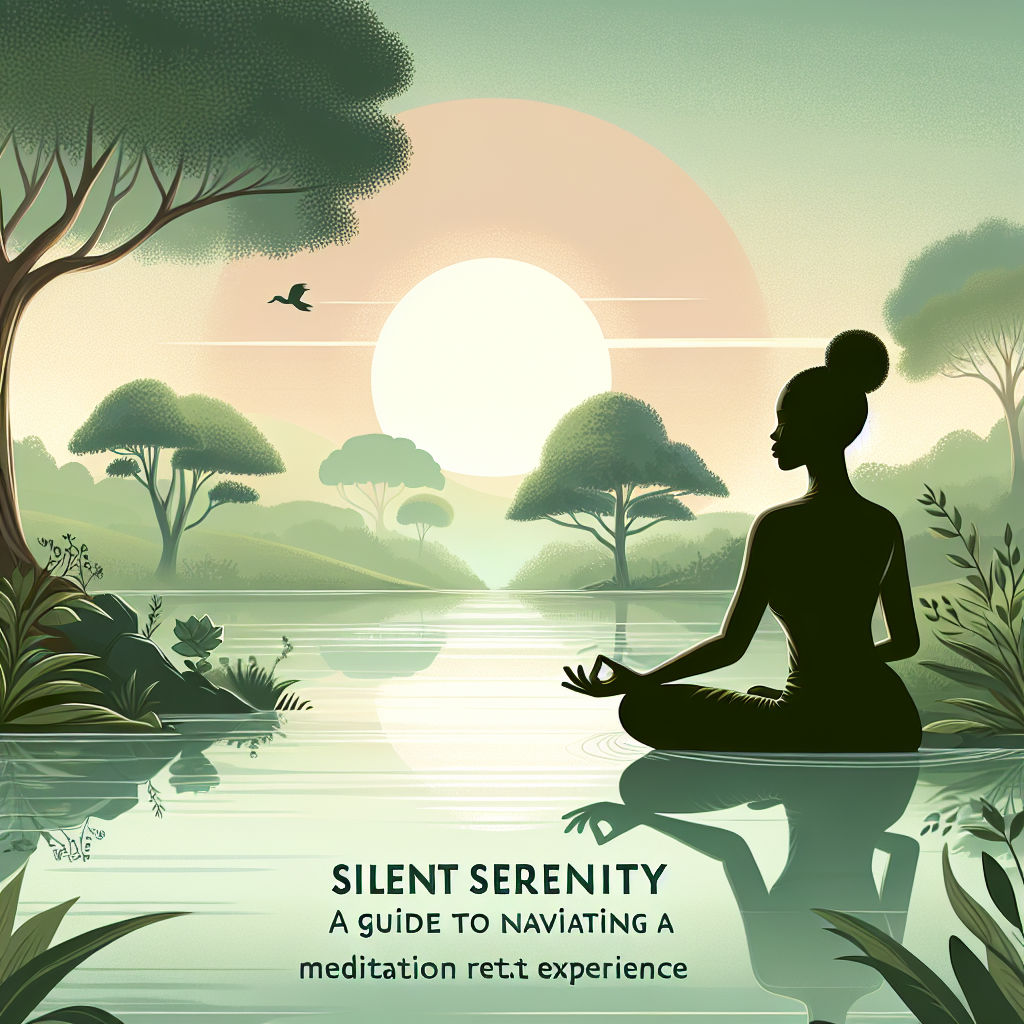In the practice of meditation, posture plays a crucial role in enhancing one’s spiritual journey. The way we sit and hold our body during meditation not only affects our physical comfort but also has a profound impact on our mental focus, emotional well-being, and spiritual connection. Proper posture can allow for a deeper and more meaningful meditation experience, leading to increased awareness, clarity, and presence. In this article, we will explore the significance of posture in meditation and how it can enhance our spiritual practice.
Posture is a fundamental aspect of meditation that is often overlooked or misunderstood. The way we sit affects our breath, energy flow, and overall state of being. By sitting with mindful awareness and alignment, we can create a conducive environment for inner exploration and self-discovery. When we sit with proper posture, we are able to relax our body, calm our mind, and open ourselves up to the present moment.
One of the key benefits of maintaining a good posture during meditation is that it helps in establishing a sense of stability and grounding. By sitting with a straight spine and open chest, we can feel more anchored and connected to the earth, which can help us feel centered and balanced. This sense of stability can provide a strong foundation for our meditation practice, allowing us to stay focused and present even when faced with distractions or challenges.
Additionally, good posture can also enhance the flow of energy within our body. When we sit with a straight spine and relaxed shoulders, we allow for the smooth circulation of energy throughout our body, which can promote greater vitality and well-being. By aligning our body in a balanced and harmonious way, we can facilitate the free flow of prana or life force energy, which can help to rejuvenate and cleanse our physical and energetic systems.
Moreover, posture can also impact our mental state and emotional well-being during meditation. When we sit with proper alignment, we can create a sense of openness and receptivity in our body and mind, which can support the release of tension, stress, and negative emotions. By sitting with a relaxed and upright posture, we can cultivate a sense of ease and peacefulness, allowing us to let go of mental chatter and distractions more easily.
From a spiritual perspective, posture in meditation is seen as a reflection of our inner state. When we sit with a straight spine and relaxed body, we are embodying a sense of presence, dignity, and mindfulness. Our physical posture can mirror our inner state of consciousness, symbolizing our commitment to the practice and our willingness to stay present and aware in each moment.
In many spiritual traditions, specific postures are recommended for meditation practice. For example, the cross-legged sitting position known as the lotus or half-lotus pose is commonly used in yoga and Buddhist meditation. This posture encourages a grounded and centered state of being, allowing for a deep sense of connection with oneself and the universe.
In addition to sitting postures, the alignment of the spine, shoulders, and head is also important in meditation. Keeping the spine straight and erect helps to maintain focus and alertness, while relaxing the shoulders and softening the chest can promote a sense of openness and receptivity. Gently tucking the chin can help to align the head with the spine, preventing strain on the neck and promoting a sense of balance and harmony.
While there are specific postures that are recommended for meditation, it is important to remember that the most important aspect of posture is comfort and ease. It is essential to find a posture that feels natural and sustainable for your body, taking into account any physical limitations or discomfort. In meditation, the goal is not to achieve a perfect posture but to cultivate a sense of awareness, presence, and mindfulness in whatever position you choose to sit in.
FAQs:
1. What is the best posture for meditation?
The best posture for meditation is one that feels comfortable, stable, and conducive to mindfulness. Some common sitting postures include the lotus or half-lotus pose, cross-legged position, kneeling position, or sitting on a chair with a straight back. Experiment with different postures to find what works best for you and allows you to sit comfortably for an extended period of time.
2. Can I meditate lying down?
While sitting is generally recommended for meditation practice, lying down can also be a viable option for those who have difficulty sitting for long periods or have physical limitations. However, lying down can sometimes lead to drowsiness or falling asleep, so it is important to find a position that allows you to stay alert and present during meditation.
3. How can I improve my posture for meditation?
To improve your posture for meditation, focus on aligning your spine, shoulders, and head in a straight and relaxed position. Practice gentle stretches or yoga postures to release tension in your body and improve flexibility. Additionally, strengthen your core muscles to support a straight spine and improve posture over time.
4. Should I use a meditation cushion or bench to support my posture?
Using a meditation cushion or bench can help to support your posture and make sitting for meditation more comfortable. A cushion can elevate your hips and allow your knees to rest comfortably on the ground, while a bench can provide additional support for your back and allow for a more relaxed sitting position. Experiment with different props to find what works best for your body and meditation practice.
5. How important is posture in meditation?
Posture is a crucial aspect of meditation that can greatly impact the quality of your practice. Good posture can enhance your focus, awareness, and presence during meditation, resulting in a deeper and more meaningful experience. By sitting with proper alignment and intention, you can create a conducive environment for inner exploration and spiritual growth.




Leave A Comment